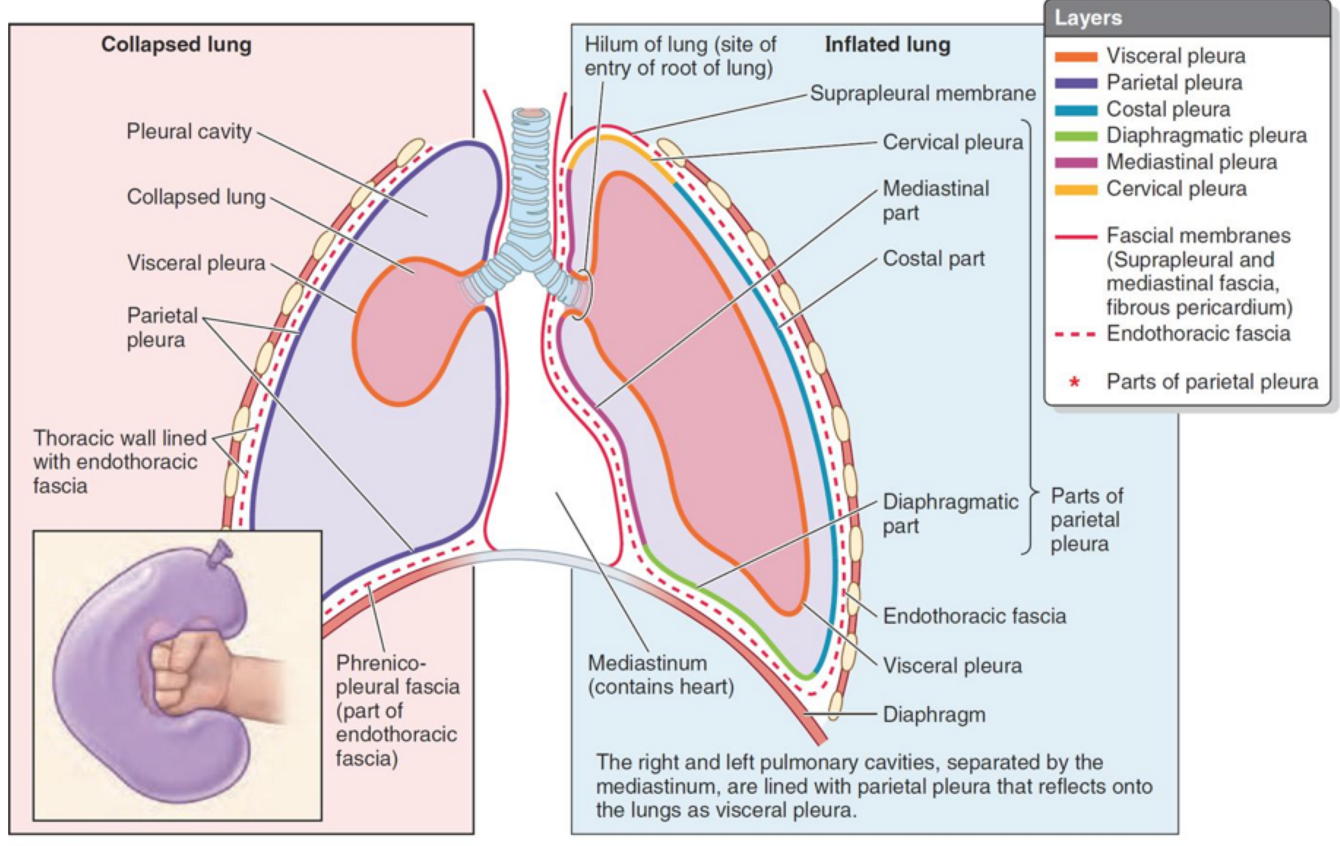A hole in your lung. Pneumothorax: Understanding the Causes, Symptoms, and Treatment of a Punctured Lung
What are the common symptoms of a pneumothorax. How is a punctured lung diagnosed and treated. Can a pneumothorax recur and how can it be prevented. What is the typical recovery time for a punctured lung. How does smoking affect the risk of developing a pneumothorax.
What is a Pneumothorax and How Does It Occur?
A pneumothorax, commonly known as a punctured lung, is a condition where air escapes from the lung and collects in the pleural space – the area between the lung and the chest wall. This accumulation of air can cause the lung to collapse, leading to breathing difficulties and other complications.
To understand how a pneumothorax occurs, it’s essential to grasp the basic anatomy of the lungs. The lungs are surrounded by two protective layers of tissue:
- Visceral pleura: The inner layer that directly covers the lung
- Parietal pleura: The outer layer that lines the chest wall
The space between these two layers is called the pleural cavity or pleural space. Under normal circumstances, this space contains a small amount of fluid that allows the lungs to move smoothly during breathing. When air enters this space, it disrupts the normal functioning of the lungs, potentially causing a collapse.

Types and Causes of Pneumothorax: From Trauma to Spontaneous Occurrences
Pneumothorax can occur due to various reasons, and medical professionals categorize them based on their causes:
Traumatic Pneumothorax
This type of pneumothorax is caused by an injury to the chest. Common causes include:
- Penetrating injuries (e.g., knife wounds, gunshots)
- Blunt trauma (e.g., car accidents, falls)
- Medical procedures (e.g., lung biopsies, central line placement)
Iatrogenic Pneumothorax
This occurs as a complication of medical treatments, such as:
- Mechanical ventilation
- Certain surgical procedures
Spontaneous Pneumothorax
This type occurs without any apparent injury or medical intervention. It is further divided into two categories:
- Primary Spontaneous Pneumothorax: Occurs in individuals with no underlying lung disease, often in tall, thin young adults
- Secondary Spontaneous Pneumothorax: Develops in people with pre-existing lung conditions such as COPD, cystic fibrosis, or lung cancer
Recognizing the Signs: Key Symptoms of a Pneumothorax
The symptoms of a pneumothorax can vary depending on the severity of the lung collapse. Common signs include:
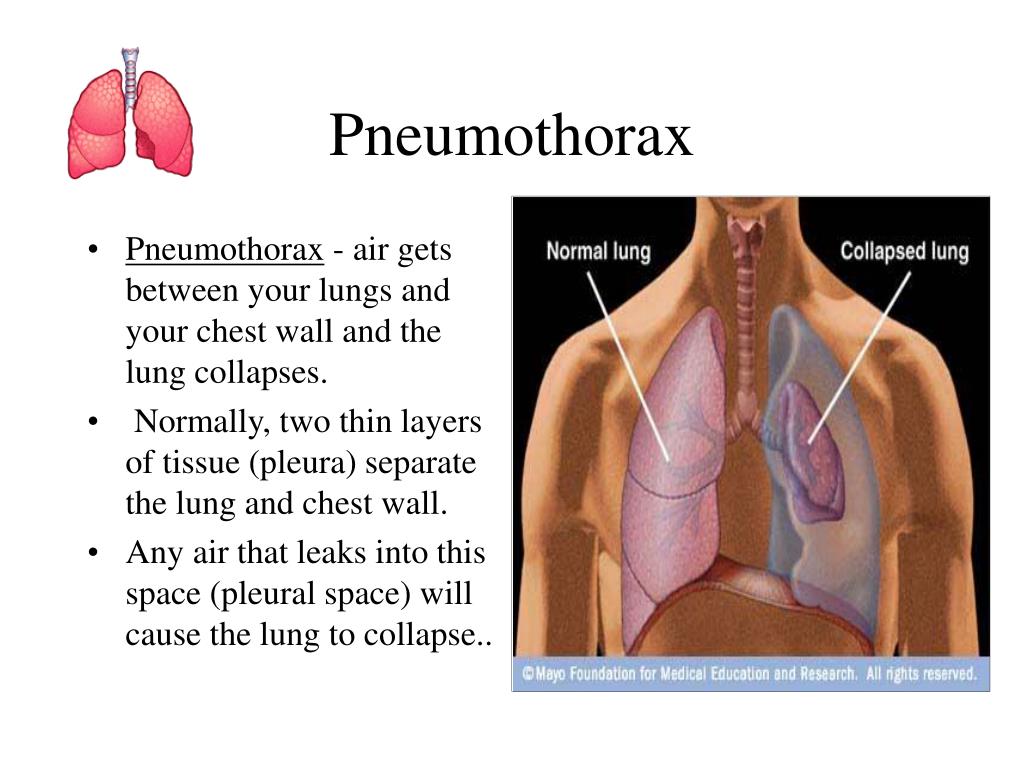
- Sudden, sharp chest pain that may worsen with breathing or coughing
- Shortness of breath or difficulty breathing
- Rapid heart rate (tachycardia)
- Bluish discoloration of the skin (cyanosis) due to lack of oxygen
- Fatigue or weakness
- Dry, hacking cough
In some cases, particularly with small pneumothoraces, symptoms may be mild or even absent. However, it’s crucial to seek medical attention if you suspect a pneumothorax, as it can potentially become life-threatening if left untreated.
Diagnostic Approaches: How Medical Professionals Identify a Pneumothorax
Diagnosing a pneumothorax involves a combination of physical examination and imaging studies. The process typically includes:
Physical Examination
A healthcare provider will listen to your chest with a stethoscope. Decreased or absent breath sounds on the affected side can indicate a pneumothorax. They may also tap on your chest (percussion) to check for abnormal sounds.
Chest X-ray
This is the primary diagnostic tool for pneumothorax. On a chest X-ray, a pneumothorax appears as a dark area between the chest wall and the collapsed lung.
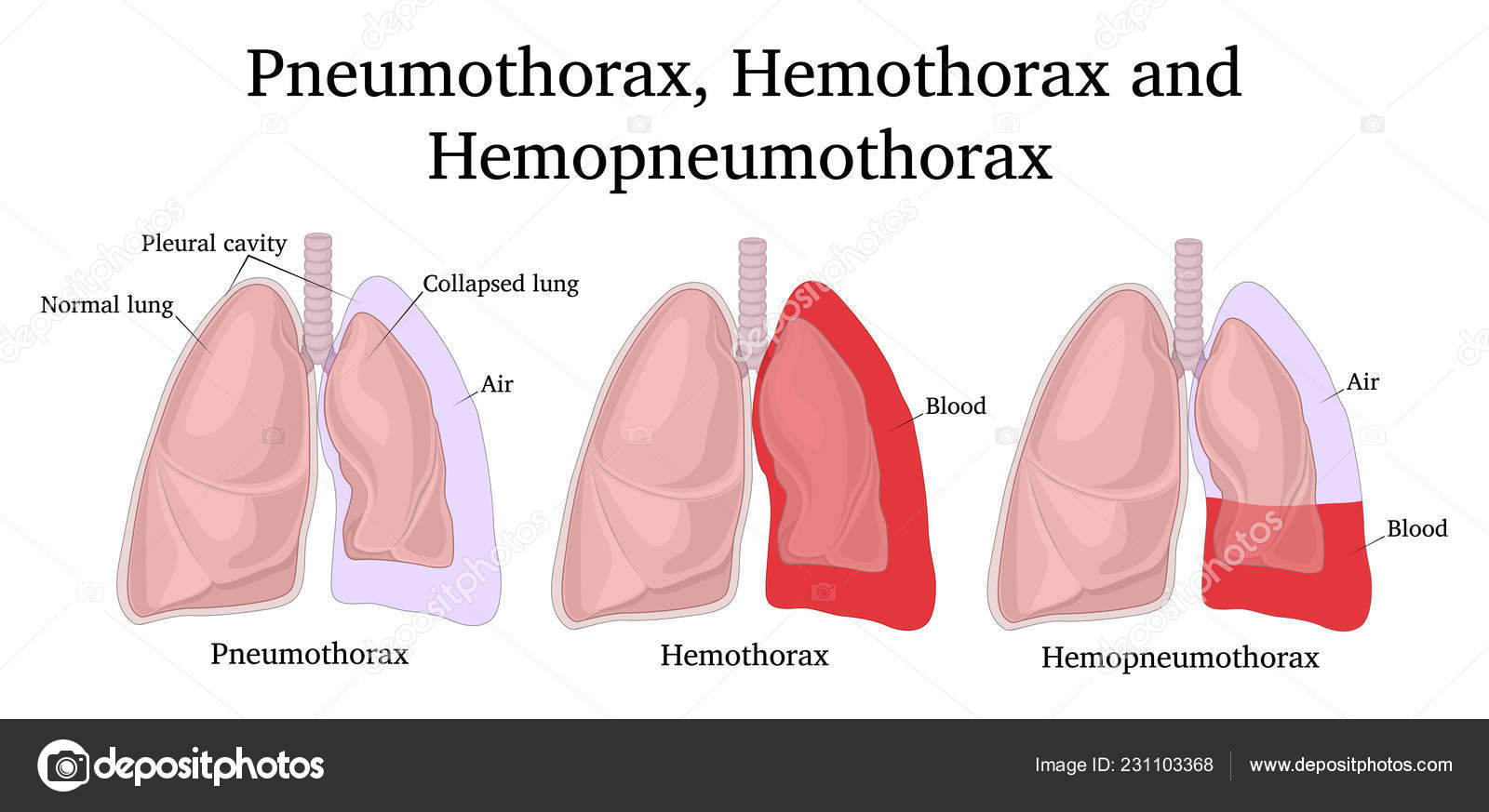
CT Scan
In some cases, a computed tomography (CT) scan may be necessary to provide a more detailed view of the lungs and pleural space, especially if the pneumothorax is small or difficult to see on a standard X-ray.
Ultrasound
Bedside ultrasound is increasingly used in emergency settings to quickly diagnose pneumothorax, especially in trauma cases.
Treatment Options: From Observation to Surgery
The treatment for pneumothorax depends on its size, cause, and the patient’s overall health. Options include:
Observation
For small, uncomplicated pneumothoraces, especially in young, healthy individuals, careful monitoring may be sufficient. The body can often reabsorb the air in the pleural space over time.
Oxygen Therapy
Supplemental oxygen can help speed up the reabsorption of air from the pleural space and relieve symptoms.
Needle Aspiration
For larger pneumothoraces, a needle may be inserted into the chest to remove the excess air.
Chest Tube Insertion
In more severe cases, a chest tube is inserted to continuously drain air from the pleural space, allowing the lung to re-expand.

Surgery
For recurrent pneumothoraces or those that don’t resolve with other treatments, surgical intervention may be necessary. This can involve:
- Pleurodesis: A procedure to create scar tissue between the lung and chest wall to prevent future air leaks
- Bullectomy: Removal of air-filled sacs (bullae) in the lungs that may be causing recurrent pneumothoraces
- Video-assisted thoracoscopic surgery (VATS): A minimally invasive technique to repair lung tissue and prevent recurrence
Recovery and Prognosis: What to Expect After a Pneumothorax
The recovery time for a pneumothorax varies depending on its severity and the treatment method used. Generally, it takes a few weeks for the lung to fully heal and re-expand.
Recovery Timeline
- For small pneumothoraces treated with observation: 1-2 weeks
- For those treated with needle aspiration or chest tube: 2-4 weeks
- For surgically treated cases: 4-6 weeks or longer
During recovery, patients are often advised to avoid activities that put pressure on the lungs, such as flying or scuba diving, until cleared by their doctor.
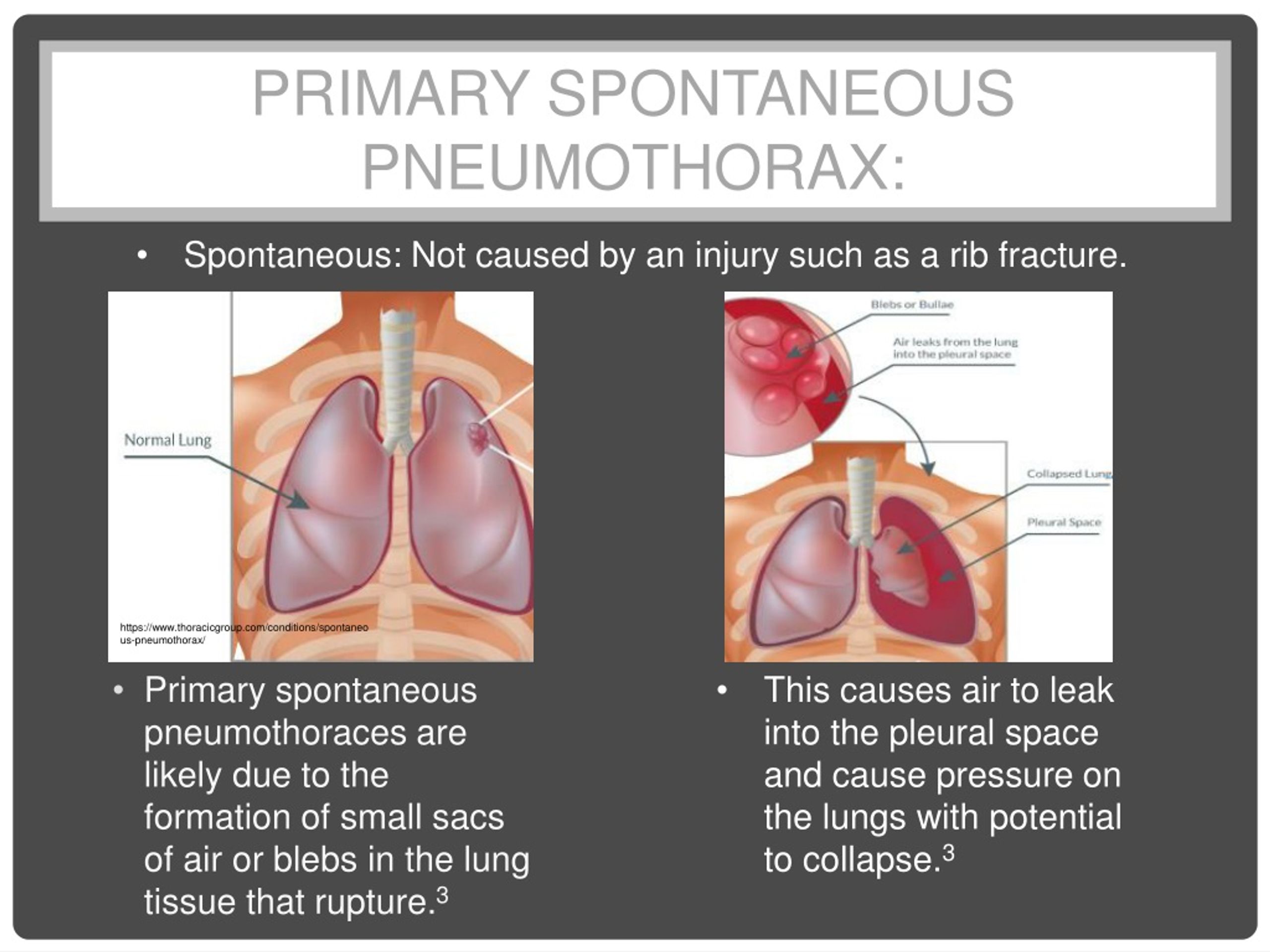
Long-term Outlook
While a pneumothorax can be a serious condition, it is generally not fatal when properly treated. However, there is a risk of recurrence, especially in cases of spontaneous pneumothorax. Studies suggest that approximately 35% of people who have had a pneumothorax may experience another one in the future.
Factors that may increase the risk of recurrence include:
- Smoking
- Underlying lung diseases
- Tall, thin body type (for primary spontaneous pneumothorax)
Prevention Strategies: Minimizing the Risk of Pneumothorax
While it’s not always possible to prevent a pneumothorax, especially in cases of trauma or underlying lung disease, there are steps individuals can take to reduce their risk:
Quit Smoking
Smoking is a significant risk factor for pneumothorax, particularly for recurrence. A study of 115 patients found that smoking had a substantial impact on the development of subsequent spontaneous pneumothoraces. Quitting smoking can significantly reduce this risk.
Manage Underlying Lung Conditions
For those with chronic lung diseases, proper management and adherence to treatment plans can help reduce the risk of secondary spontaneous pneumothorax.
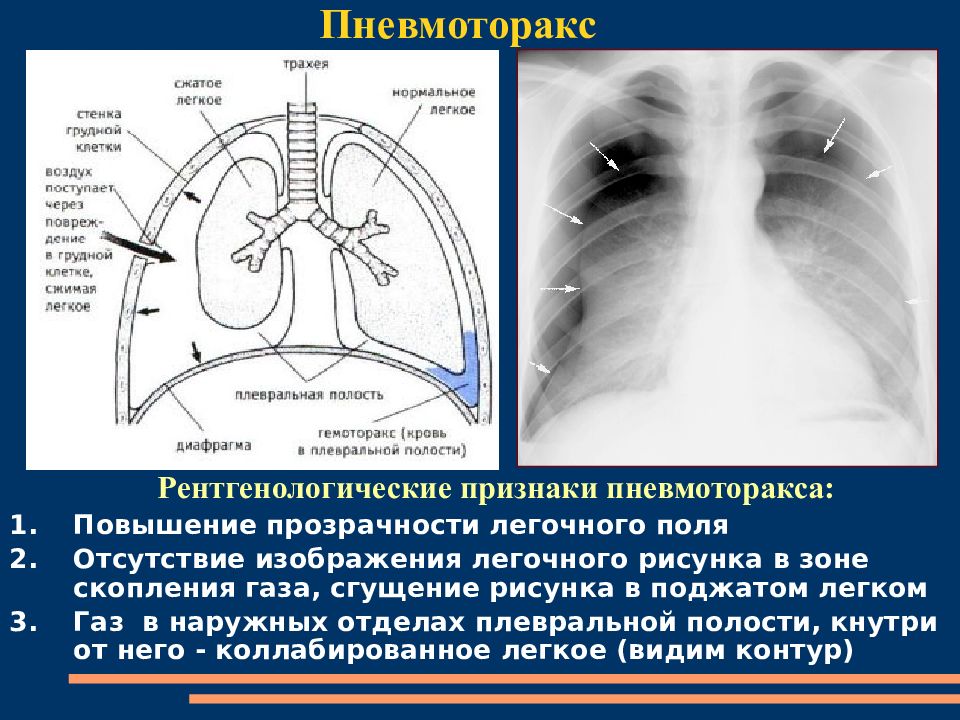
Protective Measures
In high-risk occupations or activities, wearing appropriate protective gear can help prevent traumatic pneumothorax.
Regular Check-ups
For individuals with a history of pneumothorax or those at high risk, regular medical check-ups and lung function tests can help detect potential issues early.
Living with Pneumothorax: Lifestyle Adjustments and Long-term Considerations
After experiencing a pneumothorax, some lifestyle adjustments may be necessary to prevent recurrence and maintain lung health:
Activity Modifications
Your doctor may recommend avoiding certain activities temporarily or permanently, such as:
- Scuba diving
- High-altitude activities
- Contact sports
- Air travel (for a period after the pneumothorax)
Breathing Exercises
Breathing exercises can help improve lung function and encourage full lung expansion. These may include:
- Deep breathing exercises
- Incentive spirometry
- Diaphragmatic breathing
It’s important to consult with your healthcare provider about the appropriate frequency and duration of these exercises.
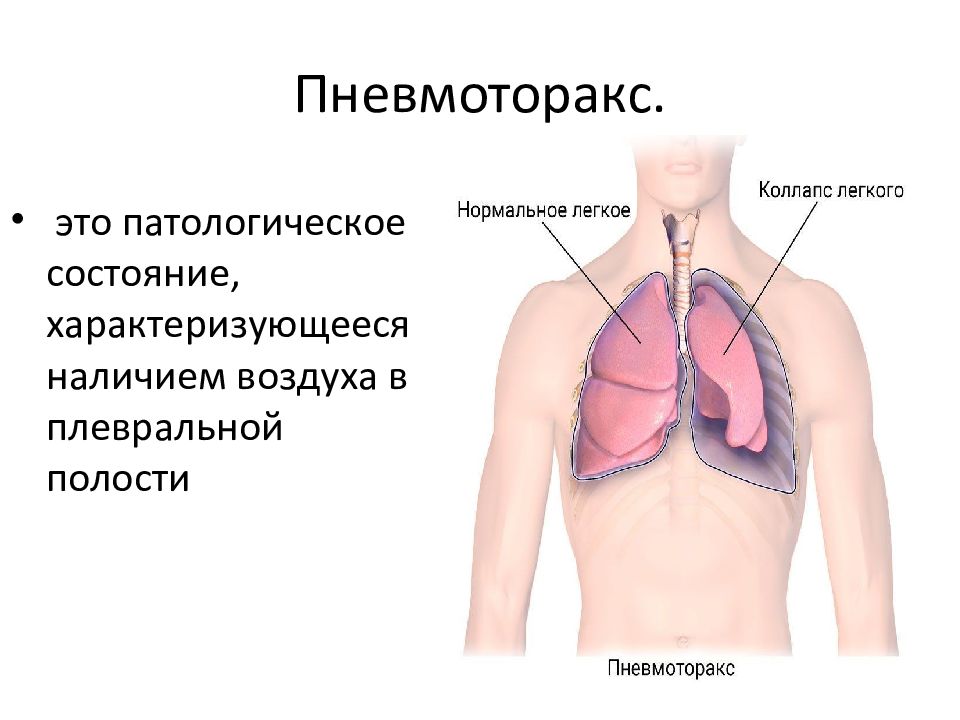
Ongoing Monitoring
Regular follow-up appointments with your healthcare provider are crucial to monitor your lung function and address any concerns. This may involve periodic chest X-rays or lung function tests.
Emotional Support
Experiencing a pneumothorax can be stressful and may lead to anxiety about recurrence. Seeking emotional support through counseling or support groups can be beneficial for mental well-being.
Understanding pneumothorax, its causes, symptoms, and treatment options is crucial for early detection and effective management. While it can be a frightening experience, with proper medical care and lifestyle adjustments, most individuals can recover fully and minimize the risk of recurrence. If you experience sudden chest pain or difficulty breathing, it’s essential to seek medical attention promptly, as early intervention can significantly improve outcomes in cases of pneumothorax.
Punctured lung (pneumothorax): Symptoms, treatment, and recovery
A punctured lung involves air escaping from the lung into the space between it and the chest wall. The condition can cause the lung to collapse, which makes breathing a problem.
For a person to understand how a punctured lung occurs, it helps to learn more about the anatomy of the lung.
There are two layers of protective tissue called the visceral and parietal pleura that surround the lung. The space between the two layers is called the pleural cavity or pleural space.
When air collects in the pleural space, it is called a punctured lung.
Fast facts on punctured lung:
- The medical term for a punctured lung is a pneumothorax.
- There are different causes and types of punctured lungs.
- In some people, a punctured lung happens spontaneously.
Was this helpful?
Share on PinterestA punctured lung, which can cause a lung to collapse, may be caused by a violent injury.
If air collects in the pleural space outside of the lung, it has nowhere else to go.
The air puts pressure on the lung, preventing proper expansion and causing it to collapse.
The size of a pneumothorax can vary with only a small portion of the lung collapsing in some cases.
What are the causes?
A punctured lung can occur due to a violent injury, such as a knife wound or gunshot to the chest.
The condition can also develop as a complication from being on a mechanical ventilator.
More commonly, a spontaneous punctured lung occurs in people who have an underlying lung disease.
It is called a secondary spontaneous pneumothorax when it occurs in people with lung disease.
A punctured lung in someone without lung disease is called a primary spontaneous pneumothorax.
The symptoms of a punctured lung can vary. Usually, the greater the portion of the lung that has collapsed, the worse the symptoms are.
Typical symptoms include:
- Shortness of breath: Because the lung may not fully expand, breathing problems are usual.

- Chest pain: The lung itself has few pain receptors. Chest pain due to a punctured lung occurs from irritation of the tissue lining the lung. The pain is often described as sharp.
- Shoulder pain: Pain may radiate to the shoulder and back and is often made worse with coughing.
- Decreased sounds of breath: Because the lung is not expanding properly, air cannot be heard going in and out of the lungs on the affected side.
- Bluish skin color: The skin can develop a bluish tinge from a lack of oxygen reaching the organs and extremities.
- Increased heart rate: A punctured lung may lead to lower oxygen levels in the body, which can affect heart function and lead to an increased heart rate.
- Lightheadedness: If blood oxygen level decreases, it can cause a person to feel lightheaded.
Signs of a punctured lung can also be seen on a chest X-ray, where black areas of air between the lung and chest wall will be visible.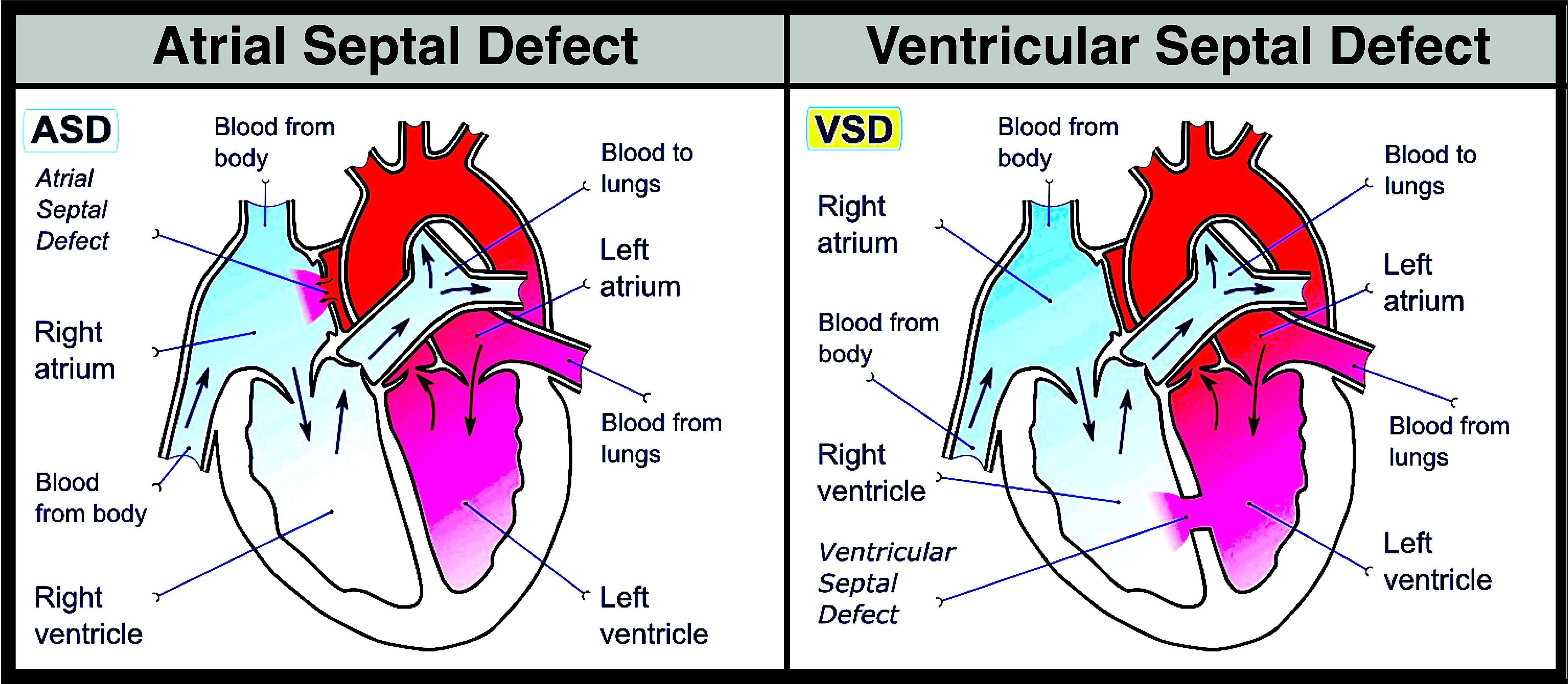
The time it takes to recover from a punctured lung will vary. Recovery time is determined by the extent of the pneumothorax and the treatment that is needed. In general, recovery will take a few weeks.
During the recovery time, a person may be monitored to make sure their lungs are working properly.
People recovering from a punctured lung may be instructed to do breathing exercises to encourage full lung expansion.
It is best to talk to a doctor to determine how often and for how long breathing exercises should be done.
Although a punctured lung can be serious, it is not usually a fatal condition.
The outlook for someone with a punctured lung often depends on the cause, but treatment is usually effective. Once a punctured lung has healed, it does not typically cause adverse health effects.
Many people with a punctured lung may develop another one at some point. According to research, about 35 percent of people who have a punctured lung have a recurrence.
Since some punctured lungs occur spontaneously without a specific cause, it can be difficult to prevent the condition in all cases.
But cigarette smoking may increase a person’s risk of a recurrence if they have already had a pneumothorax. A small study of 115 people indicated that smoking had a significant effect on developing another spontaneous punctured lung.
Punctured lung (pneumothorax): Symptoms, treatment, and recovery
A punctured lung involves air escaping from the lung into the space between it and the chest wall. The condition can cause the lung to collapse, which makes breathing a problem.
For a person to understand how a punctured lung occurs, it helps to learn more about the anatomy of the lung.
There are two layers of protective tissue called the visceral and parietal pleura that surround the lung. The space between the two layers is called the pleural cavity or pleural space.
When air collects in the pleural space, it is called a punctured lung.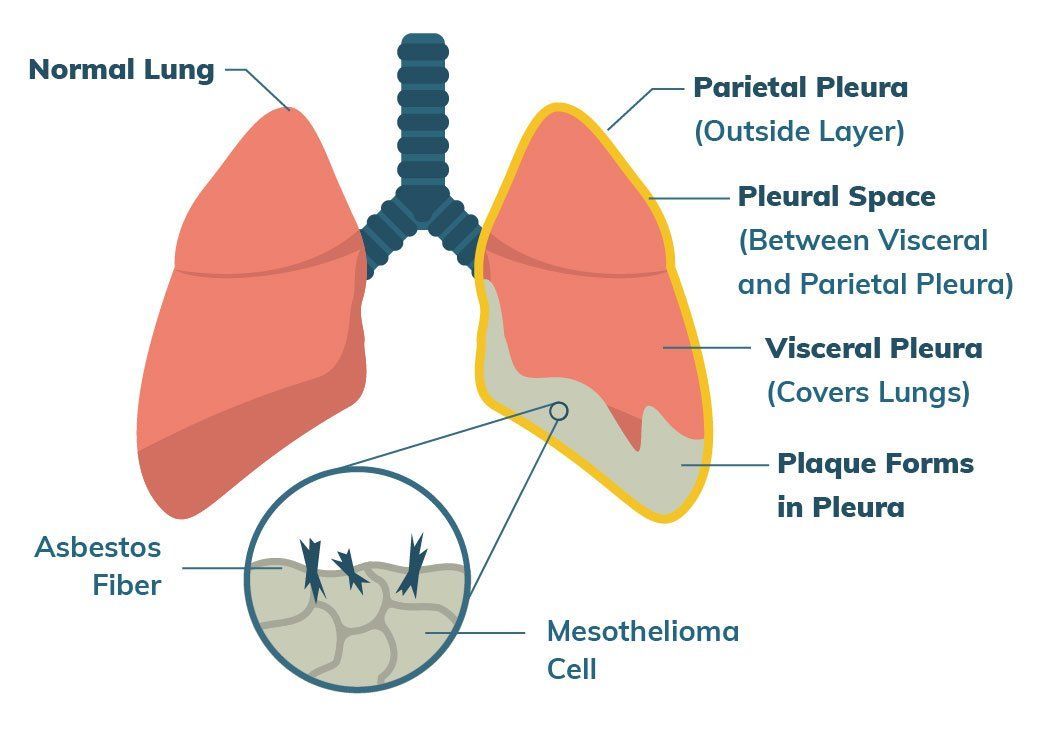
Fast facts on punctured lung:
- The medical term for a punctured lung is a pneumothorax.
- There are different causes and types of punctured lungs.
- In some people, a punctured lung happens spontaneously.
Was this helpful?
Share on PinterestA punctured lung, which can cause a lung to collapse, may be caused by a violent injury.
If air collects in the pleural space outside of the lung, it has nowhere else to go.
The air puts pressure on the lung, preventing proper expansion and causing it to collapse.
The size of a pneumothorax can vary with only a small portion of the lung collapsing in some cases.
What are the causes?
A punctured lung can occur due to a violent injury, such as a knife wound or gunshot to the chest.
The condition can also develop as a complication from being on a mechanical ventilator.
More commonly, a spontaneous punctured lung occurs in people who have an underlying lung disease.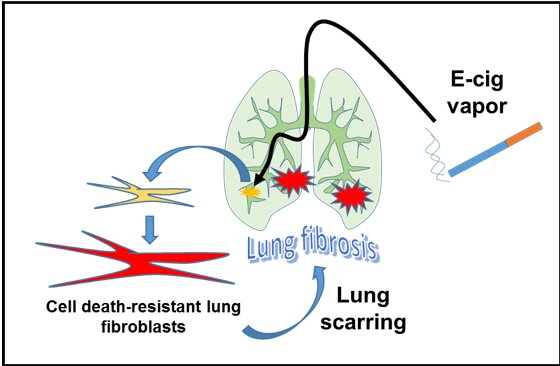
It is called a secondary spontaneous pneumothorax when it occurs in people with lung disease.
A punctured lung in someone without lung disease is called a primary spontaneous pneumothorax.
The symptoms of a punctured lung can vary. Usually, the greater the portion of the lung that has collapsed, the worse the symptoms are.
Typical symptoms include:
- Shortness of breath: Because the lung may not fully expand, breathing problems are usual.
- Chest pain: The lung itself has few pain receptors. Chest pain due to a punctured lung occurs from irritation of the tissue lining the lung. The pain is often described as sharp.
- Shoulder pain: Pain may radiate to the shoulder and back and is often made worse with coughing.
- Decreased sounds of breath: Because the lung is not expanding properly, air cannot be heard going in and out of the lungs on the affected side.
- Bluish skin color: The skin can develop a bluish tinge from a lack of oxygen reaching the organs and extremities.

- Increased heart rate: A punctured lung may lead to lower oxygen levels in the body, which can affect heart function and lead to an increased heart rate.
- Lightheadedness: If blood oxygen level decreases, it can cause a person to feel lightheaded.
Signs of a punctured lung can also be seen on a chest X-ray, where black areas of air between the lung and chest wall will be visible.
The time it takes to recover from a punctured lung will vary. Recovery time is determined by the extent of the pneumothorax and the treatment that is needed. In general, recovery will take a few weeks.
During the recovery time, a person may be monitored to make sure their lungs are working properly.
People recovering from a punctured lung may be instructed to do breathing exercises to encourage full lung expansion.
It is best to talk to a doctor to determine how often and for how long breathing exercises should be done.
Although a punctured lung can be serious, it is not usually a fatal condition.
The outlook for someone with a punctured lung often depends on the cause, but treatment is usually effective. Once a punctured lung has healed, it does not typically cause adverse health effects.
Many people with a punctured lung may develop another one at some point. According to research, about 35 percent of people who have a punctured lung have a recurrence.
Since some punctured lungs occur spontaneously without a specific cause, it can be difficult to prevent the condition in all cases.
But cigarette smoking may increase a person’s risk of a recurrence if they have already had a pneumothorax. A small study of 115 people indicated that smoking had a significant effect on developing another spontaneous punctured lung.
Black holes in the metauniverse — Future on vc.ru
The other day I had a dialogue with one of the creators of the metauniverses (normal start, tell me? A sort of cyber-pun of our new reality). The topic of conversation was involvement.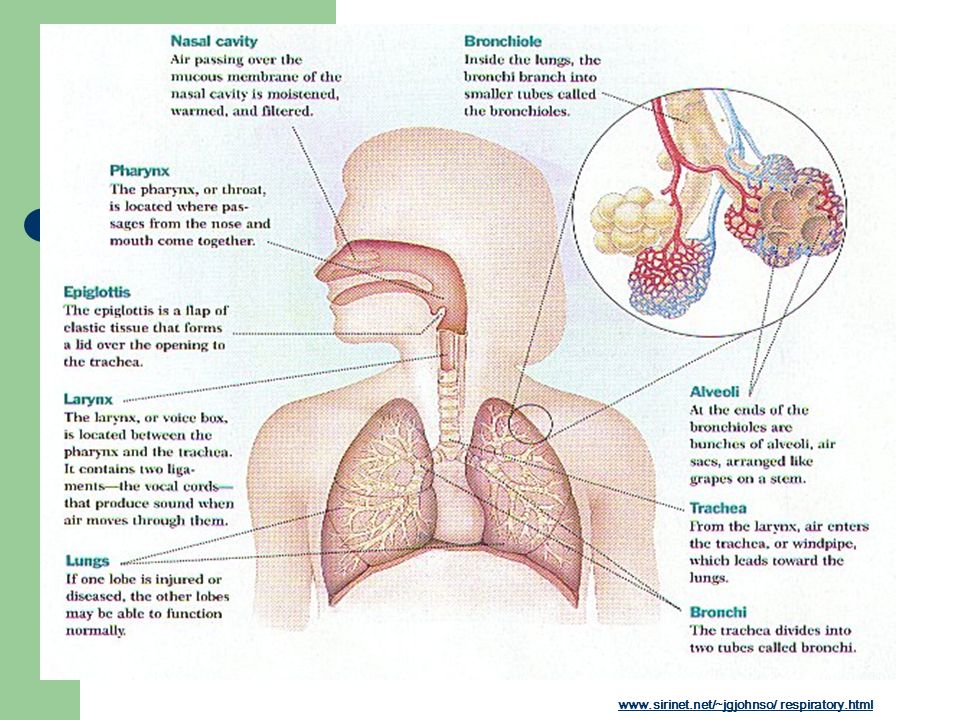 Since the technical part of this concept is one of the areas of my activity, our conversation instantly penetrated into my limbic system, inflamed my consciousness and unceremoniously settled in it. And while I’m getting ready – I’m assembling a framework for the logical conclusion of our dialogue with the meta-highest, I decided to correct the flow of my consciousness under the influence of your authoritative opinion of the future inhabitant of the conditional meta-universe. Moreover, my previous article seems to have gone to readers.
Since the technical part of this concept is one of the areas of my activity, our conversation instantly penetrated into my limbic system, inflamed my consciousness and unceremoniously settled in it. And while I’m getting ready – I’m assembling a framework for the logical conclusion of our dialogue with the meta-highest, I decided to correct the flow of my consciousness under the influence of your authoritative opinion of the future inhabitant of the conditional meta-universe. Moreover, my previous article seems to have gone to readers.
338
views
Spoiler: the article is not about my sore head, but about the metaverses. In the article, as usual, all the characters are fictitious, and let no one’s feelings be offended.
So, involvement. In the conditions of information noise in which we live, this concept becomes, if not the most key, then very important. Right now there is a serious war for attention, and this has led to the fact that most human behavior is already determined by information addiction. On average, a person looks at their smartphone every 10 minutes, and the total duration of digital contact is more than 9hours. Every day. Creation of information has turned into a business industry, and if before there were very few virtual worlds, and even one of them, Second Life (hello, old school!), Was quite paid, now, against the background of the concept
On average, a person looks at their smartphone every 10 minutes, and the total duration of digital contact is more than 9hours. Every day. Creation of information has turned into a business industry, and if before there were very few virtual worlds, and even one of them, Second Life (hello, old school!), Was quite paid, now, against the background of the concept
metaverse = anything + blockchain
the issue of involvement becomes a priority for the creators of the metaverses. Of course, there are a lot of other, no less important issues in the creation of MV (this word is already beginning to strain me too), but why create MV if there will be no one in it?
The principle of our experiment with you is as follows:
1. You are a potential visitor to my metaverse,
2. I am telling you how I will involve you in the MV.
3. You tell me in the comments, I’m a sucker, or it’s time to think about my own MV.
Let’s go:
From a technical point of view, the concept of involvement can be divided into two parts: motivation and conditions.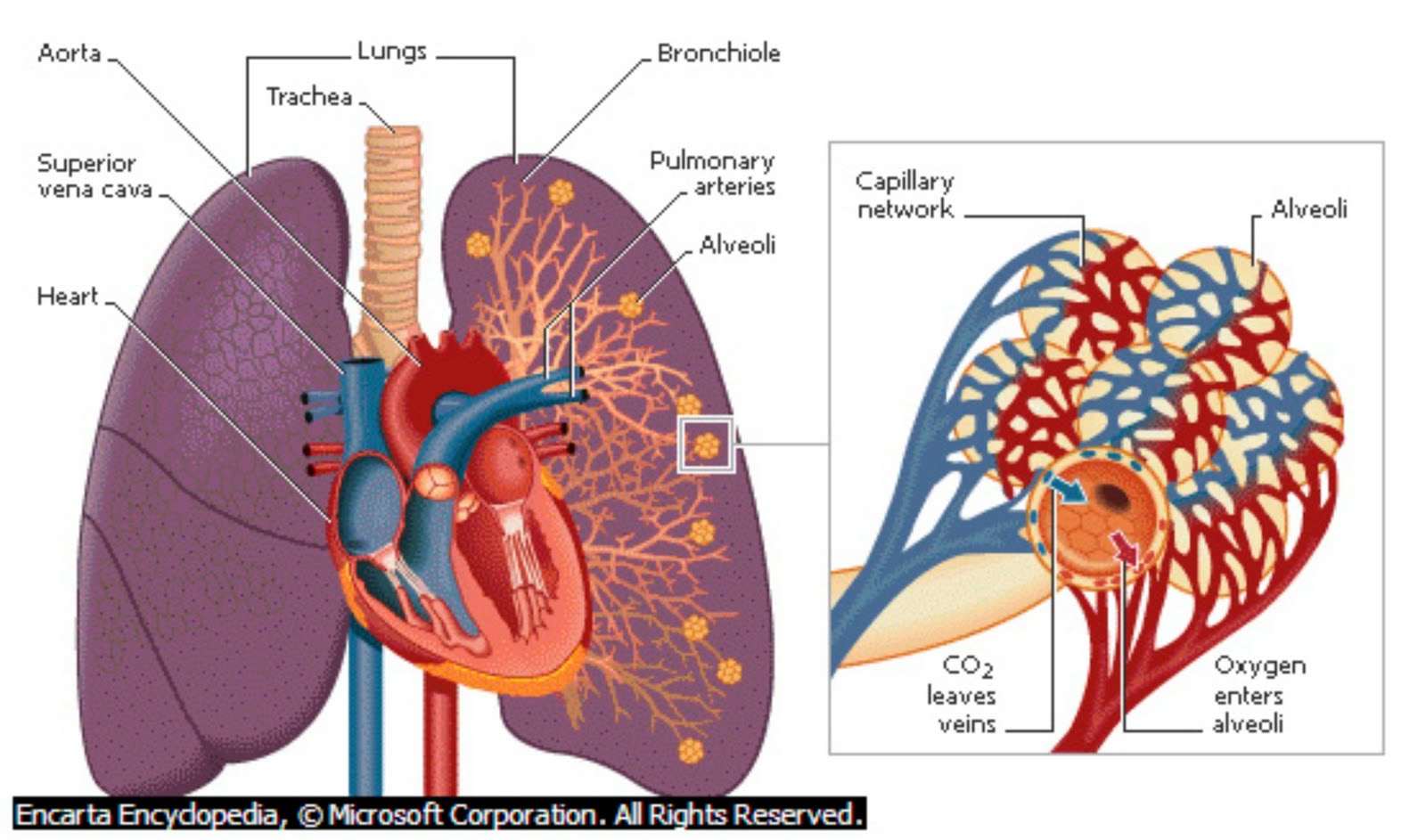 I mean, first of all, why would you want to go to my MV? Second, how easy is it to get there? And if the first question is primarily important to you, then the second question is primarily important to me. Because the question of motivation is about target audiences, psychotypes, JTBD, triggers, marketing, etc. And the question of the conditions and convenience of using my MV by you is important for each of you, regardless of your psychotype or motivation.
I mean, first of all, why would you want to go to my MV? Second, how easy is it to get there? And if the first question is primarily important to you, then the second question is primarily important to me. Because the question of motivation is about target audiences, psychotypes, JTBD, triggers, marketing, etc. And the question of the conditions and convenience of using my MV by you is important for each of you, regardless of your psychotype or motivation.
Do you understand what I mean? If in order to get into my meta-beautiful MV, you have to buy yourself a set of artificial skin for 100500ETH and implant a chip from the darknet in your head, and then still have to wander around the MV in search of the answer to the question “where did I go?”, then the probability your arrival in my MV tends to zero, even if I call it
A bit of theory. Human behavior is determined by the ability to change their actions under the influence of internal and external factors. We can create these conditions and reinforce the behavior we need. There are several models of behavior change, and one of them is the BJ Fogg model.
There are several models of behavior change, and one of them is the BJ Fogg model.
BJ Fogg is professor of social sciences and founder of the Persuasive Technology Lab at Stanford University. The main subject of study and teaching in the Fogg laboratory is the design of human behavior using computer technology. In 2007, Fogg taught what would become known as the “Facebook Classroom,” a group of students that included Instagram creators Kevin Systrom and Mike Krieger, Facebook and Uber CTO Ed Baker, and Google design ethicist Tristan Harris. Fogg’s group spent several months creating applications and conducting behavioral experiments on hundreds of thousands of users of the social network. The knowledge gained that summer was then embodied in the design of Instagram and Facebook.
The essence of the Fogg model is that behavior occurs when three elements converge simultaneously: opportunity, motivation, and trigger. About motivation and triggers later, now about the entrance. Code name “black hole”. We figure out how easy it will be for you to fall into it. Everything else is determined only by the size of your imagination.
Code name “black hole”. We figure out how easy it will be for you to fall into it. Everything else is determined only by the size of your imagination.
Possibility – a person’s ability to perform an action. If the action is too difficult, the person will not perform it. Fogg offers three options:
– To train a person, to help him pump certain skills to perform a targeted action;
– Give him a resource/tool to make the action easier;
– Simplify the target action itself.
Actually, this is what we will do, we will create conditions to reduce the complexity and increase the ability of you to get into my MV and perform targeted actions in it. The conditions for getting into the MV can be divided into two planes: methods (hardware) and the path to the MV itself.
Ways:
1. WEB. One of the main problems of gaming MVs is high performance in the face of competition for the user. The more beautiful and functional, the more load that even the web does not always take out. Therefore, the main difference between gaming MVs is client applications that need to be downloaded, installed and all that. This is the problem of easy entry. The best option is DBB, a web with a cross-platform built-in engine. Functional and non-gluttonous.
Therefore, the main difference between gaming MVs is client applications that need to be downloaded, installed and all that. This is the problem of easy entry. The best option is DBB, a web with a cross-platform built-in engine. Functional and non-gluttonous.
2. VR/AR/XR – Second stage. I will definitely move towards virtual reality stupidly because there are much more opportunities here. Augmented reality will certainly fall on us much faster (it has already fallen), but its capabilities are limited by real reality. Well, really, you won’t build an AR store on the Moscow Ring Road, your imagination should not cause the death of your customers in this world. In addition, different augmented reality MVs are doomed to fierce competition among themselves, and in the end they will all be swallowed up by some Niantic, Meta or Omniverse.
3. All kinds of trackers, gloves, suits, headsets – as users become familiar with them, because now $ 20,000 for a suit is not about an easy entry.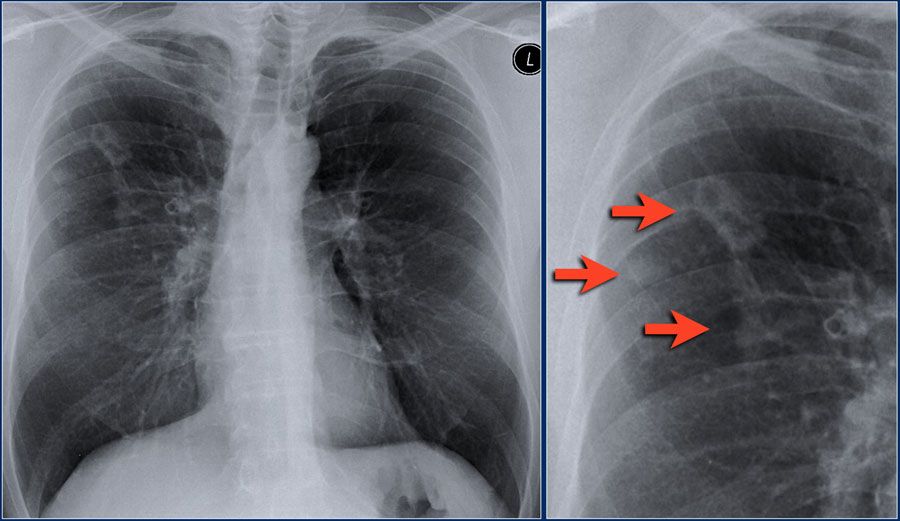
4. Neural interfaces. The ideal one looks like this.
But this story is still quite far away. This is about the moment when any old woman will go to public services in her head in order to check the indexation of her pension, not being afraid that Steve Jobs will enslave her mind there. Therefore, we will be content with little and solve problems as they arise.
Way to MV.
Actually, there is nothing to invent here – everything has already been invented for us. I have already covered more than 30 MB and found two of the best examples, on which I will show you the optimal, in my opinion, input.
So, the main problems that you will face are:
– figure out where you are;
– register and create an avatar;
– connect a wallet (remember yes, MV is about grandmas).
The previously mentioned DBB will help us solve the first puzzle as conveniently as possible for you, in which you, even without registering yet, get into the MV as quickly as possible. And everything you need is already in place: a tutorial, news, avatars, main portals – everything is very simple and as convenient as possible so that you not only understand where you are, but also get acquainted with the main functionality and features of the MV in an accessible form.
And everything you need is already in place: a tutorial, news, avatars, main portals – everything is very simple and as convenient as possible so that you not only understand where you are, but also get acquainted with the main functionality and features of the MV in an accessible form.
Easily and simply in a playful way, the issue of user training and pumping their skills is solved. I would add a MV guide in the form of a lure and a few game locations with activity loops to get the habit.
Avatar. This is the first pain that multiplies the failure rate. And in order not to swear for a long time, remembering unsuccessful attempts to create an avatar in various MVs, I will immediately move on to the best option – Spatial. Either take a picture yourself or upload a picture. You choose a gender, and AI sculpts an avatar for you. Everything, the target action is completed. Fast, clear, convenient. All other bells and whistles, like virtual Gucci socks, can be worn later.
Wallet. Another pain for the user. Despite a bunch of tutorials on YouTube on creating wallets, people will not soon learn how to create and connect cryptos. Therefore, I would move this device away from you for the time being (so that it does not make you nervous while you are getting acquainted with the CF), and upon reaching a certain level of involvement, the robotic sympathizer would periodically hint at you about financial literacy and show you where and how you can easily and simply start a wallet and treat her to a neon cocktail.
Output
Actually, this is how I see the optimal user entry into my MB in terms of convenience for him and conversion for me. Beautiful and powerful game worlds, this is great, of course, but I think that a new user should not suffer with installing the client on their calculator and not go through the virtual wardrobe for hours, forgetting where he got to, but as quickly and simply as possible fall into my MV and go on an exciting journey. Where he will spend money, making me rich and happy creator of the next metaverse.
Where he will spend money, making me rich and happy creator of the next metaverse.
If I forgot something or blunted somewhere, zip in the comments.
Review of the film “Bloodshot”. Black Hole of Despondency – Gambling
March 16, 2020 Marvel and DC lost their former influence, and the market was rapidly flooded with independent publishers, as a rule, founded by people from the same Big Two. Some of these companies, such as Image or Dark Horse, have survived to this day, while others have been forced out or absorbed. But Valiant Comics suffered a different fate: at 90, it launched several series and died, but in 2012 it suddenly resurrected and even made a lot of noise among comic book readers. Valiant decided to create its own full-fledged universe, with crossovers and global events, just like Marvel or DC. It turned out to be a fairly large and well-developed world, but instead of the worn-out Batmans and Hulks, there are other, in many ways unique characters. Only here on the big screen we will not see them soon, because the first film adaptation of Valiant comics turned out to be at least mediocre.
Only here on the big screen we will not see them soon, because the first film adaptation of Valiant comics turned out to be at least mediocre.
Ray Garrison is a brutal warrior who, as befits an action movie hero, shoots first and asks questions later. Bad guys die, good guys stay alive, and a beautiful wife is waiting at home – in general, everything is perfect. Until some villains kidnap Garrison and kill his wife right in front of him. After the turn comes to Ray, but for him death does not become the finale. The veteran is revived in a secret laboratory and told that he has become an invulnerable super-soldier. Having mastered the new status, Garrison goes to avenge his beloved, and then …
Then follows the main, or rather the only plot twist of the film. Only now the creators revealed it in the first trailer. However, anyone who has read the comic already knows what it is, and those who are not familiar with the original source will guess everything themselves in the first third – even minimal observation is enough. After all, “Bloodshot” is another guest from the past. It’s like a lost action movie from the early 2000s, where Vin Diesel starred between “Three X’s” and The Chronicles of Riddick . But don’t think that Bloodshot is on a par with them – oh no. He has much more in common with some “Electra” . You can easily spend two hours behind this film, and after a while accidentally review it, thinking that you have not seen it yet – it is so insipid and not memorable.
After all, “Bloodshot” is another guest from the past. It’s like a lost action movie from the early 2000s, where Vin Diesel starred between “Three X’s” and The Chronicles of Riddick . But don’t think that Bloodshot is on a par with them – oh no. He has much more in common with some “Electra” . You can easily spend two hours behind this film, and after a while accidentally review it, thinking that you have not seen it yet – it is so insipid and not memorable.
Disney has stopped the production of a number of films due to coronavirus
How could the film adaptation of BioShock have turned out?
Guess how many times during the film Bloodshot appears in his canon appearance, illuminated on the poster and in trailers? That’s right – one
It is difficult to single out one specific problem, but more than all other components, perhaps, the script is lame. Not the plot, I emphasize, namely the script. After all, “Bloodshot” will surely be defended by someone from a position of nostalgia. Say, this is an old-school fantasy action movie in the spirit of “Universal Soldier” and “Robocop” – there the plots are also simple, but no one complained. Yes, the story can be arbitrarily straightforward – it is important how it is presented, how the characters are revealed, and what they say to each other. In the same “Robocop” by Paul Verhoeven, there was a place for the transformation of the hero from a car back into a person, and biting satire, and phrases that are quoted thirty years later. There is nothing in Bloodshot other than exposition. Each more or less significant detail of the plot, one of the characters will definitely speak out loud, around which most of the dialogues are built. And okay, when at “Alite” they are trying to tell us as soon as possible about the structure of an unfamiliar world, but in “Bloodshot” such chewing is not justified by anything, except for the desire of the authors to somehow beat the timing.
Not the plot, I emphasize, namely the script. After all, “Bloodshot” will surely be defended by someone from a position of nostalgia. Say, this is an old-school fantasy action movie in the spirit of “Universal Soldier” and “Robocop” – there the plots are also simple, but no one complained. Yes, the story can be arbitrarily straightforward – it is important how it is presented, how the characters are revealed, and what they say to each other. In the same “Robocop” by Paul Verhoeven, there was a place for the transformation of the hero from a car back into a person, and biting satire, and phrases that are quoted thirty years later. There is nothing in Bloodshot other than exposition. Each more or less significant detail of the plot, one of the characters will definitely speak out loud, around which most of the dialogues are built. And okay, when at “Alite” they are trying to tell us as soon as possible about the structure of an unfamiliar world, but in “Bloodshot” such chewing is not justified by anything, except for the desire of the authors to somehow beat the timing.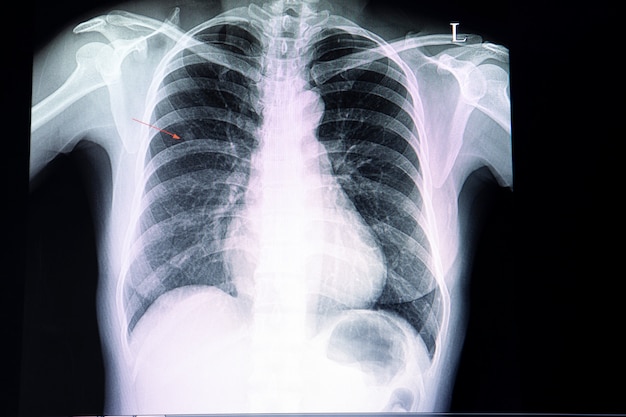 Well, or they just think that the audience has completely degraded.
Well, or they just think that the audience has completely degraded.
When the characters do not explain everything that the viewer has already understood, they exchange bombastic phrases about duty, freedom of choice and other lofty matters. Probably, this should create the illusion that they have characters and motivation, but in the end – neither one nor the other. With Harrison, who, by the way, is never called Bloodshot, everything is clear. He is a man-cannonball – where they launched, they rush there. But the rest of the characters develop in the same way, or rather, they move by some kind of inertia of unclear origin. There is a girl soldier, Kathy, who sympathizes and helps Ray because… well… she is kind… I guess. And there is the former Marine Dalton, who hates Ray because, they say, he has to mess with Garrison and clean up after him. But we will never see this – the rationale for the conflict is limited to a couple of phrases. Well, the main antagonist is again the evil Elon Musk, just like in “Venome” , and he habitually justifies his crimes with a philosophy in the spirit of “humanity has gone astray.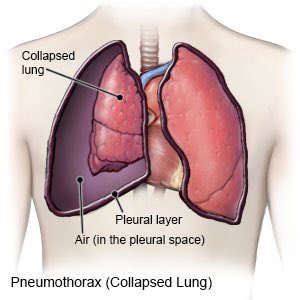 ”
”
Acting doesn’t pull it all out. There has been little demand from Vin Diesel for twenty years now – it is enough for him to frown his eyebrows severely and resolutely scatter villains. But sometimes the hero has to grieve or delve into himself, and then the main star rests on the ceiling of his abilities, and the viewer experiences a slight sense of awkwardness. In principle, of the entire cast, only Guy Pearce portrays something bright on the screen, despite the fact that he has almost nothing to work with. Although there is still an amazing Toby Kebbell in the cast, the creators spend his talent on an episodic and not particularly needed character. But a lot of timing is given to Sam Heughan, who plays the same Marine Dalton, and this is something incredible. Most of all, he resembles Anton Pampushny from the recent “Comas” – he portrayed the same hysterical, annoying and devoid of charisma bull. Yes, they even look alike.
But the failures of the actors are usually the director’s fault, and this applies to Bloodshot in the first place. The picture was directed by debutant Dave Wilson, who had never worked with live artists before, but was engaged in game cinematics, for example, for the first The Division or the second The Force Unleashed . And this is felt, because certain scenes in the film just resemble the plot trailers of some kind of shooter. More specifically, one scene is a shootout in a tunnel. It is dynamic, tense in places, and the solution with red light allows you to hide graphics flaws and lack of blood. But this is one working episode for two hours. The rest of the action came out at best nondescript, and sometimes shameful. Graphics look worse than last “Terminator” and even some Russian blockbusters. Yes, $ 45 million is a relatively small budget, but Leigh Whannell managed to shoot a similar “Upgrade” for nine times less, and it looked cooler. And the final fight in Dave Wilson’s movie brings back memories of the PlayStation 3.
The picture was directed by debutant Dave Wilson, who had never worked with live artists before, but was engaged in game cinematics, for example, for the first The Division or the second The Force Unleashed . And this is felt, because certain scenes in the film just resemble the plot trailers of some kind of shooter. More specifically, one scene is a shootout in a tunnel. It is dynamic, tense in places, and the solution with red light allows you to hide graphics flaws and lack of blood. But this is one working episode for two hours. The rest of the action came out at best nondescript, and sometimes shameful. Graphics look worse than last “Terminator” and even some Russian blockbusters. Yes, $ 45 million is a relatively small budget, but Leigh Whannell managed to shoot a similar “Upgrade” for nine times less, and it looked cooler. And the final fight in Dave Wilson’s movie brings back memories of the PlayStation 3.


